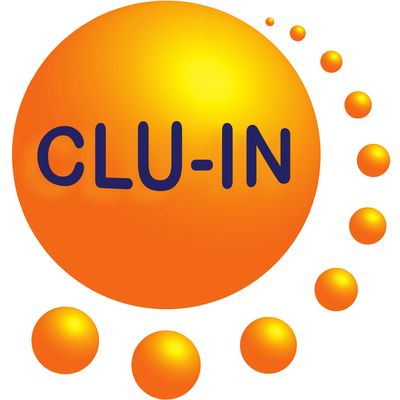Since 1998, The Contaminated Site Clean-Up Information (CLU-IN) website has presented Internet Seminars covering a wide variety of technical topics related to hazardous waste characterization, monitoring, and remediation. For each seminar topic, we have selected the highest-quality offering for placement in our archives. Beginning in May 2005, we began offering these archives via podcast, and this feed contains all seminars archived in the last 6 months. For a complete list of seminars archived since 2000 and videos of selected seminars archived since 2012, please visit http://clu-in.org/live/archive/. Our Rehabilitation Act Notice for reasonable accommodation is available at http://clu-in.org/training/accommodation.cfm. CLU-IN was developed by the U.S. Environmental Protection Agency (EPA) but is intended as a forum for all waste remediation stakeholders. For more information and to view upcoming live offerings, please visit http://clu-in.org/live/. For a complete list of RSS feeds available on CLU-IN, please visit http://clu-in.org/rss/about/.
http://www.clu-in.org/live/archive
Audio for "Use and Measurement of Mass Flux and Mass Discharge," Mar 10, 2016
Most decisions at groundwater contamination sites are driven by measurements of contaminant concentration -- snapshots of contaminant concentrations that may appear to be relatively stable or show notable changes over time. Decisions can be improved by considering mass flux and mass discharge. Mass flux and mass discharge quantify the source or plume strength at a given time and location resulting in better-informed management decisions regarding site prioritization or remedial design as well as lead to significant improvements in remediation efficiency and faster cleanup times. The use of mass flux and mass discharge is increasing and will accelerate as field methods improve and practitioners and regulators become familiar with its application, advantages, and limitations. The decision to collect and evaluate mass flux data is site-specific. It should consider the reliability of other available data, the uncertainty associated with mass flux measurements, the specific applications of the mass flux data, and the cost-benefit of collecting mass measurements. The ITRC technology overview, Use and Measurement of Mass Flux and Mass Discharge (MASSFLUX-1, 2010), and associated Internet-based training provide a description of the underlying concepts, potential applications, description of methods for measuring and calculating, and case studies of the uses of mass flux and mass discharge. This Technology Overview, and associated internet based training are intended to foster the appropriate understanding and application of mass flux and mass discharge estimates, and provide examples of use and analysis. The document and training assumes the participant has a general understanding of hydrogeology, the movement of chemicals in porous media, remediation technologies, and the overall remedial process. Practitioners, regulators, and others working on groundwater sites should attend this training course to learn more about various methods and potential use of mass flux and mass discharge information. To view this archive online or download the slides associated with this seminar, please visit http://www.clu-in.org/conf/itrc/ummfmd_031016/
